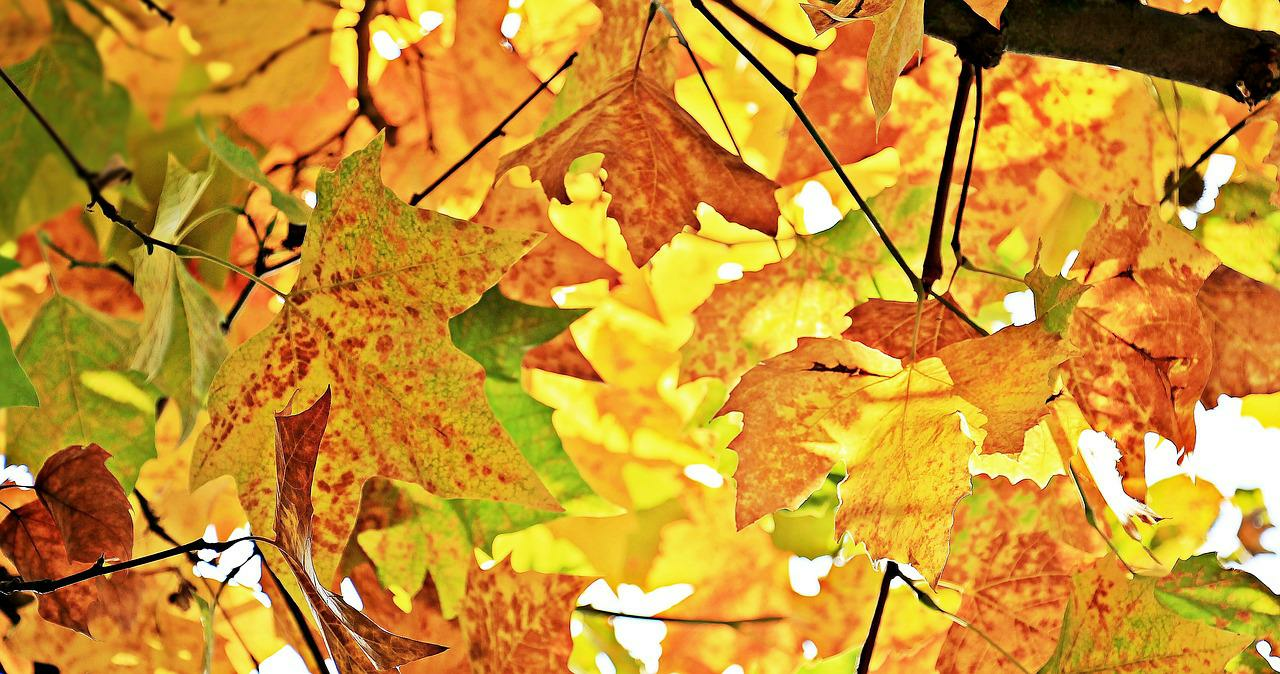
Gardening in September: Sowing, Planting & Care
The warm days are numbered and fall is slowly approaching. September is the crowning glory of summer, as the garden is now ready for another abundant harvest. Now is the time to preserve fruit and vegetables for the winter and sow the last seeds for this year. Find out what else September brings to the garden in this article.
This Article Contains:
- Sowing in September: Winter Vegetables & Co.
- Sowing Green Manure
- Vegetables to Plant in September
- Harvest Time: Harvesting Vegetables in September
- Harvesting and Drying Herbs
- Obtaining Your Own Seeds
- Gardening in the Fall: Pruning & Care
- Utilizing and Preserving the Harvest
- Frequently Asked Questions About September Gardening Month
Quick Overview
Gardening in September: An Overview
- Harvest time:
- Vegetables: tomatoes, peppers, potatoes, cucumbers, zucchini, pumpkin, bush beans, summer salads, endive, radishes, daikon, chard, ...
- Herbs : peppermint, lemon balm, valerian roots, tea fennel seeds, dill, ...
- Fruit : apples, pears, plums, damsons, quinces
- Care work:
- Pruning, caring for and, if necessary, fertilizing berries
- Planting berry bushes and fruit trees
- Create food & shelter for beneficial insects
Sowing & Planting in September
- Sowing in September
- Vegetables : lamb's lettuce, spinach, other winter lettuces, early carrots, field beans,...
- Herbs : parsley, spoonwort, winter cress, winter purslane
- Green manure : yellow mustard, winter vetch, sweet clover
- Plant in September:
- pre-grown winter vegetables, endive, garlic, rhubarb
Sowing in September: Winter Vegetables & Co.
Some winter vegetables can still be sown in September. In the first half of September, you can sow lamb's lettuce, spinach, postelein and other winter lettuces . These late fall seeds remain in the bed throughout the winter and bring fresh green leaves to your plate until the following spring. Hardy chard varieties can also be sown until the beginning of November. Garlic and winter onions can also still be sown. In mild climates, early carrot varieties and field beans can also be sown for the spring harvest. The tender little plants should be covered with spruce or fir branches over the winter. At the beginning of September, hardy biennial herbs can also be sown: flat-leaf and curly parsley, spoonwort and winter cress. You can find A Detailed Overview of Sowing and Planting Winter Vegetables in this article.

Sowing Green Manure
Alternatively, you can sow Green Manure in beds that have become empty. Suitable for late sowing in the year are, for example:
- yellow mustard (good after potatoes)
- winter rye (ideal as a preceding crop for potatoes, beans and cabbage - incompatible with maize)
- winter vetch, sweet clover (repels mice, cabbage fly and cabbage white butterfly)
- winter rape (serves as bee pasture)
When selecting a suitable green manure, it is essential to ensure that the plant family is varied. For example, mustard and rapeseed should never grow after another cruciferous plant such as cabbage.
Vegetables to Plant in September
The last pre-grown endive lettuces are planted at thebeginning of September. The heads will no longer reach their full size, but fresh green leaves are now becoming increasingly valuable. If you want to give the plants a little more time, it is best to plant the lettuces in a greenhouse or cold frame.
Now that fall is approaching, it's time to plant garlic outdoors. You can simply use individual cloves from a purchased bulb. Garlic does not need its own bed, it can be used as an excellent mixed crop, e.g. in combination with strawberries. Its aromatic scent prevents fungal diseases and also keeps mice and snails away.
In early fall, it is also time to plant new rhubarb . Pieces of root are used for this, which can then sprout vigorously the following spring. Propagation by seed is not recommended, as it is often not true to variety.


Discover Numerous Plants
In our lexicon you will find information on the individual varieties with cultivation periods, tips on planting and harvesting. You will also find good and bad neighbors to help you plan a mixed crop.
View Lexicon NowHarvest Time: Harvesting Vegetables in September
In the transitional period between summer and fall, there is still plenty to harvest in the garden. Tomatoes, peppers, cucumbers, zucchinis and pumpkins give their all again in the late summer sun. As soon as the first cold nights threaten towards the end of the month, the southern plants should be covered with foil. In many regions, these heat-loving plants will soon complete their development cycle.
At the beginning of September, onions and garlic from the spring plantings are still ripening. It is important to choose a warm, sunny day for harvesting so that they can be stored in a dry place. The last harvests of summer lettuce, radishes, daikon, bush beans and kohlrabi are also slowly approaching. Swiss chard can still be diligently harvested. The summer crops are replaced by the first autumn vegetables: fennel, endive, Chinese cabbage and large cabbage varieties are now beginning to ripen.
Now is also the main harvest time for potatoes. Medium-early and late varieties are now gradually being dug up and stored. Here too, you should choose a day that is as dry and warm as possible for harvesting. The tubers can then be stored in a cool cellar. You should not wash the potatoes before storing them, as the soil keeps them fresh for longer and protects them from drying out. You can find More Tips on How to Harvest Potatoes Correctly in this article.
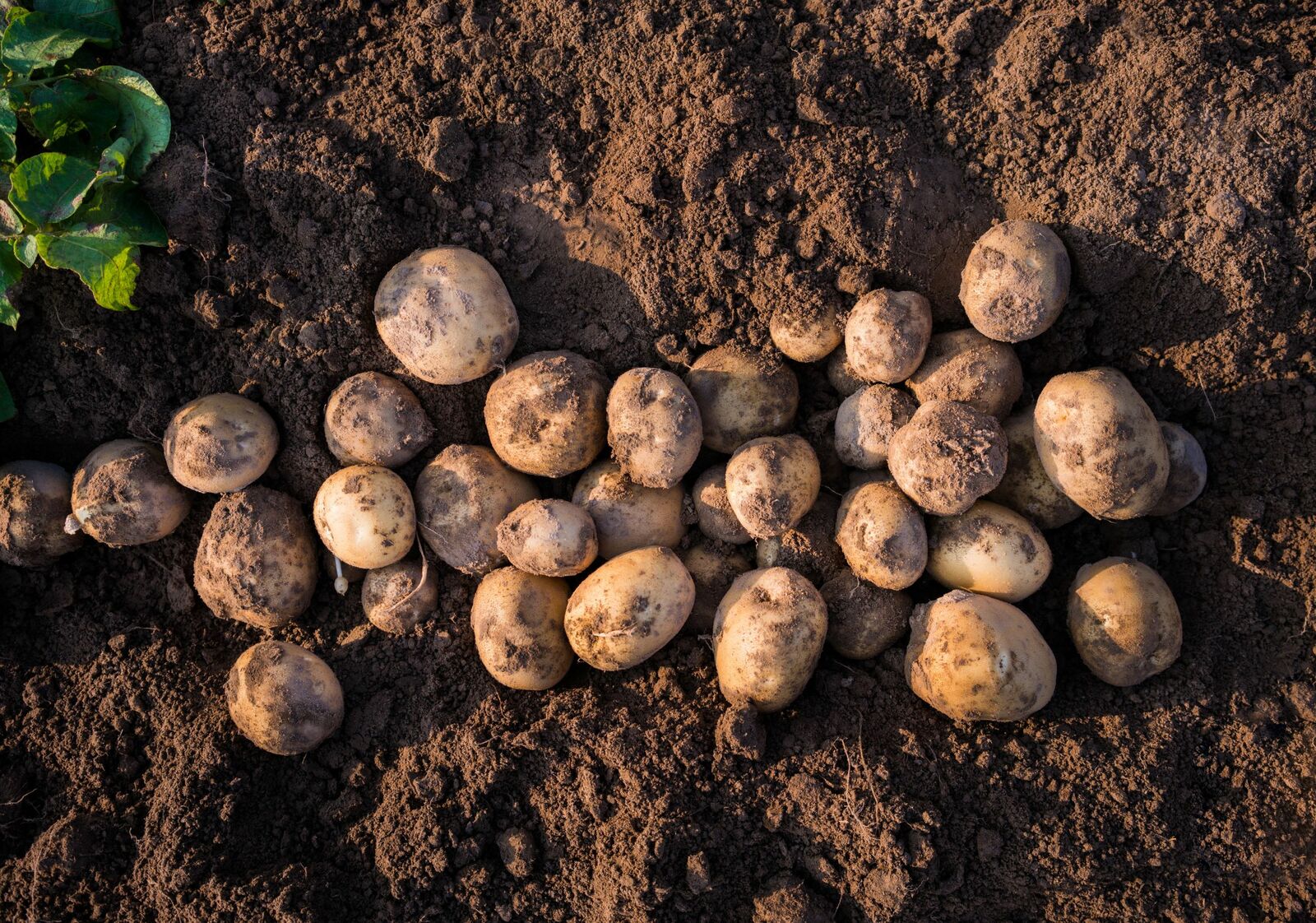
Root vegetables such as late carrots, celery and beet remain in the bed for as long as possible. They can still be harvested fresh from there. However, as soon as severe frosts threaten, the root vegetables should be moved to protected winter quarters. Depending on the variety, leeks can be harvested from fall until the following spring. When overwintering, make sure to use hardy varieties. Black salsify are very hardy and not sensitive to the cold; they remain in place. The black-brown stalks are harvested while the soil is still open.
Hardy vegetables also include Brussels sprouts and kale, which also remain on the bed. In September, they use the last warmth to grow vigorously again. In September, the shoot tips of early-ripening Brussels sprouts should be broken out so that the last of their strength can be concentrated on the roses. Varieties for overwintering should not be topped, as this makes them more susceptible to cold damage!
Harvesting and Drying Herbs
On warm days, there is still plenty to harvest from the herb garden. Mint and lemon balm are tied together to make fragrant dried bunches. Tea fennel and dill seeds can also be harvested. The brown seeds of the umbels do not ripen at the same time, so you should keep checking and cut them in good time. Alternatively, you can leave the seeds on the plant so that it sows itself and grows even more abundantly in the next season. If you have valerian in your garden, you can now dig up the roots and dry them in a warm place.
Obtaining Your Own Seeds
The seed harvest of many valuable flowering plants is also about to begin: Marigolds, sunflowers, nasturtiums and vetches (green manure) are now producing plenty of seeds for the next generation. Marigolds and nasturtiums in particular self-seed very easily. If you want to use them specifically in the vegetable patch next year, you should keep an eye on the fading plants and collect ripe seeds in good time. Faded sunflowers can be left to feed birds over the winter. You Can Find Instructions on How to Collect Your Own Seeds Here.

Gardening in the Fall: Pruning & Care
Endives are now tied together in dry weather so that the heart leaves fade and remain nice and tender. Broccoli should not be pulled out in September, it will sprout again and again and continue to form tender, green florets. Even the first frosts won't bother it. If not already done, cut off old raspberry canes in September. Leave 8 - 12 young shoots per plant. The more vigorously growing blackberry bushes are left with only 4 - 6 young shoots per bush. You can find A Detailed Article on Caring for Raspberries With Tips on Pruning, Fertilizing and Propagation here.
The beginning of September is the ideal time to plant a new straw berry bed. The new bed should be provided with compost, fertilizer and mulch, just like the old strawberry beds. A sunny, sheltered spot with humus-rich, moist soil is best. The original forest dwellers also enjoy slightly acidic soil, which can be achieved by mulching with leaf or needle litter. Where garden conditions are rather unfavorable, a raised bed can provide a home for the sweet fruit. In this article, we explain How to Properly Care For, Prune and Overwinter Strawberries.
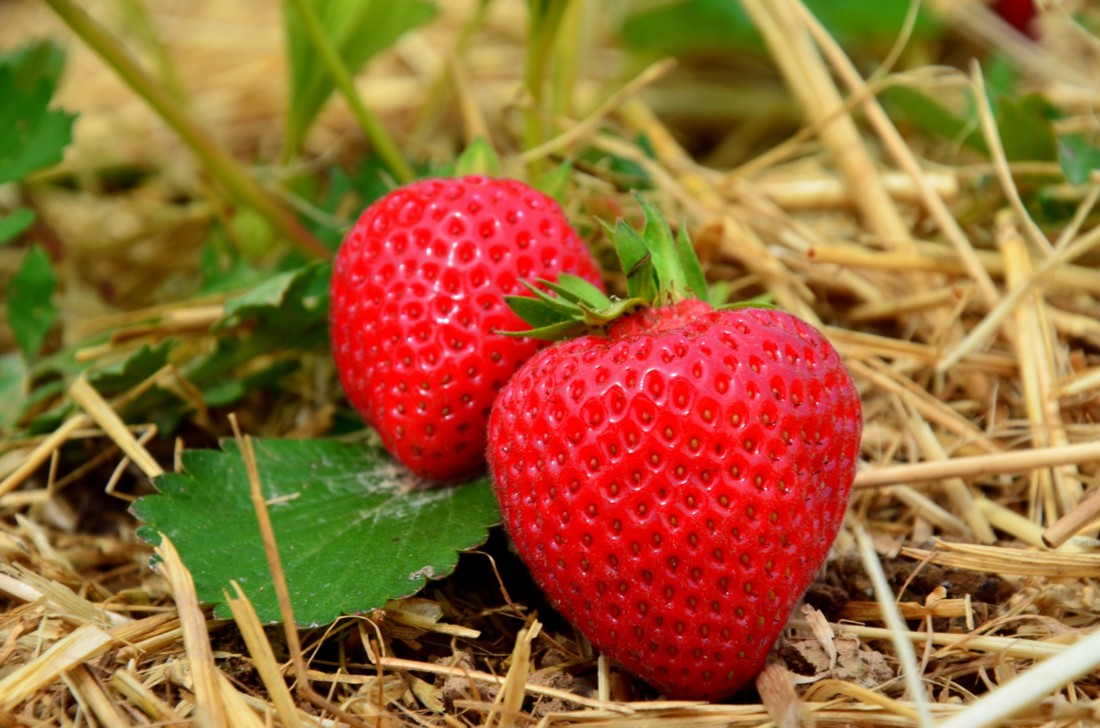
Planting Fruit Trees and Berry Bushes
If you want to Plant New Berry Bushes or Fruit Trees in the fall, you should prepare the corresponding planting pits now. To do this, dig the planting holes in September and fill them with a loose mixture of compost and organic slow-release fertilizer. The roots of the young trees and shrubs can later take root well in this nutritious soil.
Tidy up the Garden and Prepare It for Winter
When "tidying up" the garden, it is worth considering the many beneficial insects in the garden. Flowering plants should be preserved as long as possible as food for insects, the seed heads of asters and tall grasses serve as winter food for birds in particular and should also not be removed. If you want to do something good for your birds over the winter, you can find Instructions on How to Make Your Own Fat Food here. Shrub cuttings, stones and dead wood can also be collected in an undisturbed spot in the garden; they provide valuable shelter for many animals during the cold season.
Utilizing and Preserving the Harvest
Many fruit trees still produce plenty of fruit in late summer: Apples, pears, plums, damsons and quinces are now collected and processed. There are no limits to your imagination: whether as a cake, boiled down to jam or jelly or dried - you can combine and experiment as you wish. Many fruits can also be frozen. The fruit should be harvested at the right time so that it has reached the optimum degree of ripeness. If the fruit can be loosened with a slight twisting motion, it is ripe and can be eaten directly, stored (especially apples and pears) or preserved in some other way. Only healthy, perfectly ripe fruit should be used for storage. Fallen fruit can be eaten fresh or processed into jelly, jam and marmalade.
For those who like to experiment: Elderberries, rowanberries and rosehips can also be used in a variety of ways and provide valuable vitamins and minerals, especially in the cold season. Elderberries in particular are very rich in vitamin C and are therefore ideal for strengthening the immune system. But be careful: the berries must be cooked sufficiently before eating, as they are poisonous when raw! Read more about this in our article on Edible Wild Shrubs.
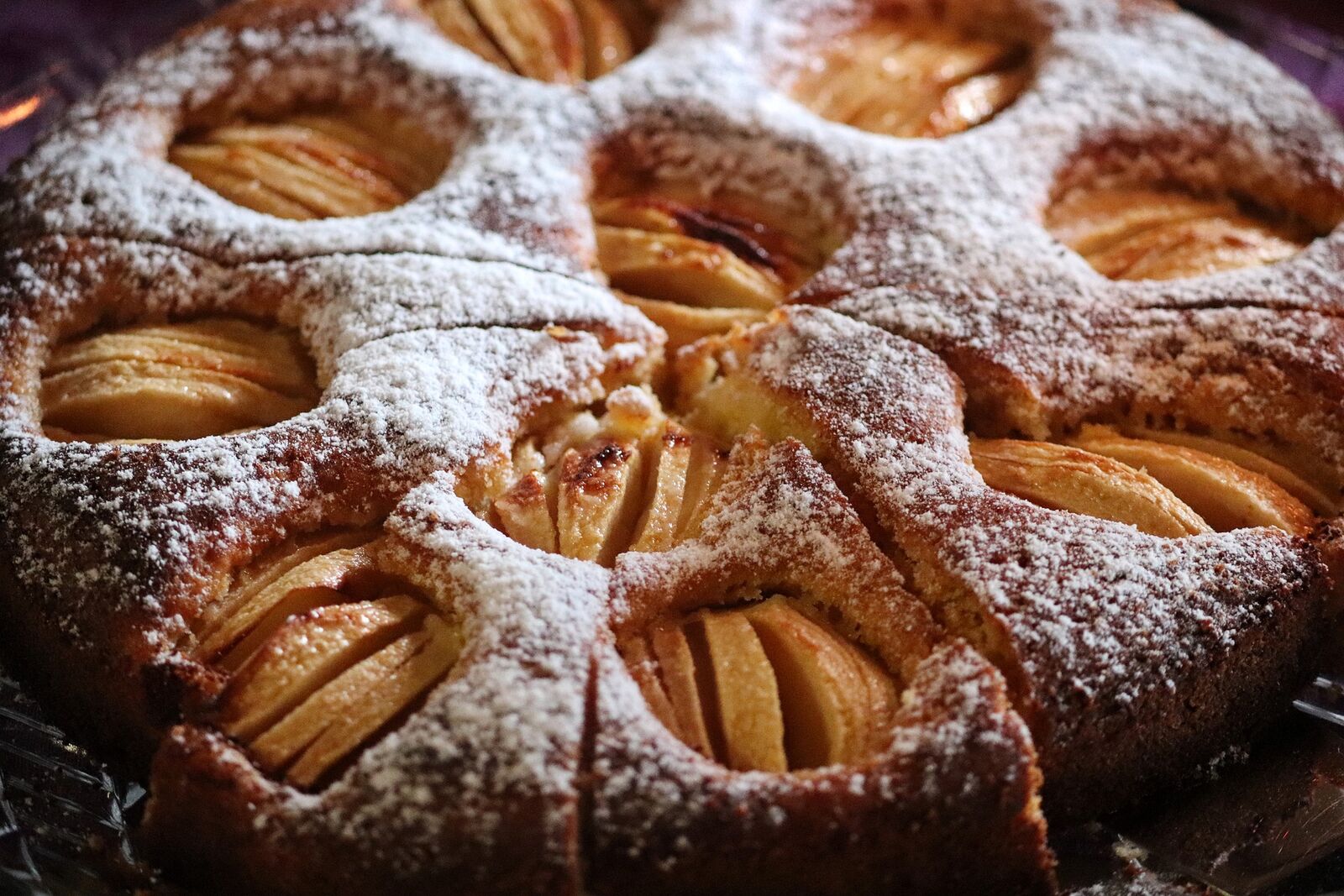
If you have grown large quantities of white cabbage, you can now preserve this healthy vegetable as sauerkraut. You can find detailed instructions on fermentation and other common preservation methods in our article on Preserving Fruit and Vegetables.
We have a lot to do in the garden again in September, but things will soon be quiet again. I hope this article has given you an overview of the most important gardening tasks so that nothing important is forgotten. If you have any questions or comments, just write to us at [email protected].
Want to get helpful gardening tips all year round and plan your own beds in the best possible way? Then register here or download the Fryd app for Android or iOS.
Fryd - Your digital bed planner
Cover picture by S. Hermann & F. Richter on Pixabay

Annabell
Annabell is studying agricultural biology at the University of Hohenheim. She also enjoys gardening in her private life, spends a lot of time in nature and loves to be creative.
Learn MoreCurrent Topics in the Community
The lifetime subscription is available in the Fryd app for €80. Merry Christmas


Merry Christmas 🎄 Got a wonderful lovingly designed layout with botanical illustrations. If anyone is still looking for a gift, I can highly recommend this.
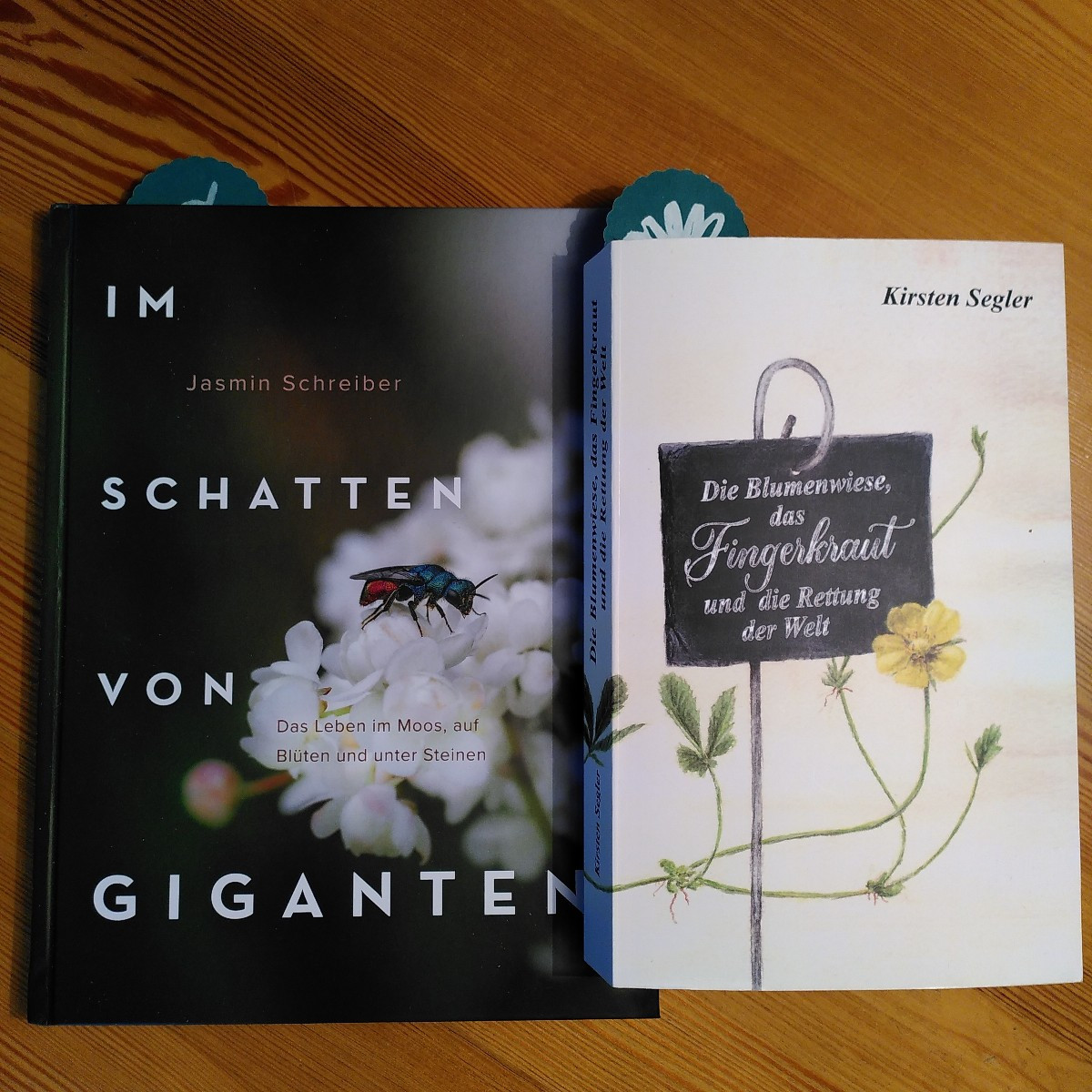
Liked 2 times
Well, did Santa bring you something for the "indoor days" in anticipation of the "outdoor days"? These two books were on my wish list and lo and behold, my wishes were fulfilled 🤗. I'm currently reading my way through "Fingerkraut" - it's delicious how the author describes her journey to transforming her garden into more of a "hortus" or natural garden. I find my rejected ideas and my failures described in such a funny way that I can't put the book down. And the author succeeds in a few things too 😂. The other book is due to my passion for all small and micro creatures. It's also very funny in parts, but I think it would have benefited from more pictures in relation to the text.
Popular Articles

Overwintering Parsley: How to Do It Successfully

How to Grow Lettuce in Winter: Varieties, Sowing, Harvesting

Growing Sage Plant: Tips for Sowing and Harvesting

What Herbs Can Be Planted Together?

Create & Design a Permaculture Garden

Overwintering Plants: Tubs, Pots and Raised Beds

Pruning, Fertilizing & Propagating Currants: Care Tips

Pruning Raspberries: How to Do It

Vegetable Garden With Greenhouse: How to Use Greenhouse Effect

Winterizing Beds and the Garden: How to Do It
FAQ
What can I plant in September?
In September, you can plant and sow winter lettuces such as endive or lamb's lettuce. Winter vegetables such as winter cabbage or garlic can also be planted in the bed. You can also plant rhubarb in early fall.
What can you sow in the garden in September?
In September, lamb's lettuce, spinach, winter cress and other winter vegetables can be sown.
Which vegetables can be harvested in September?
For example, you can harvest tomatoes, peppers, potatoes, zucchinis, pumpkins, as well as various salads and root vegetables such as beet and celery.
What gardening work is necessary in September?
Berry bushes should be pruned, new strawberry beds created and planting pits prepared for fruit trees.